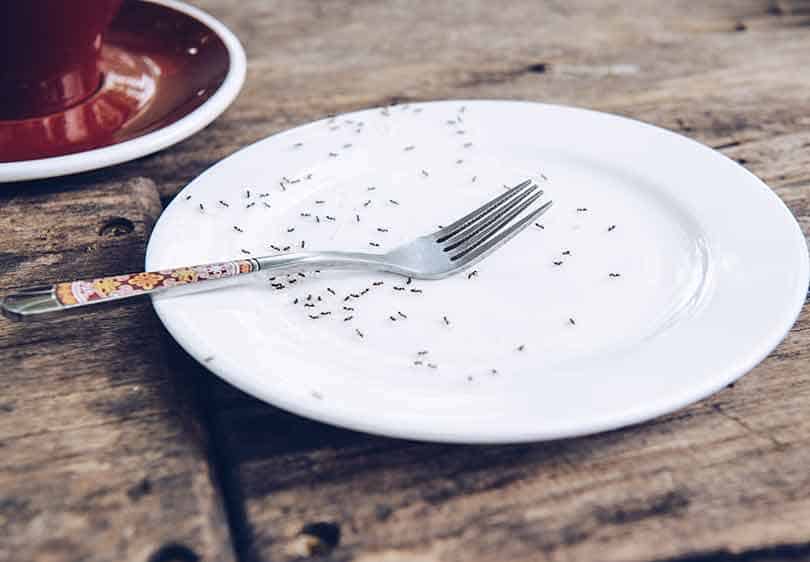Methods in Vole Control Utah: What Functions Best?
Wiki Article
Efficient Pest Control Solutions for Vole Infestations

In the world of pest control, vole infestations offer an unique obstacle that requires a calculated method. By delving right into the details of vole actions and exploring a range of control approaches, a thorough parasite administration plan tailored to these evasive animals can be crafted. From natural repellents to cutting-edge capturing techniques, the arsenal versus vole problems is multi-faceted.
Comprehending Vole Behavior
Voles, tiny rats frequently found in areas and yards, show unique actions patterns that are critical to understand when implementing insect control steps - vole control service. These creatures are prolific diggers, creating a substantial network of passages underground where they nest, store food, and look for shelter from killers and inclement climate. Voles are herbivores and mainly prey on turfs, bulbs, origins, and seeds, making yards and areas excellent habitats for themOne key habits of voles is their rapid rate of recreation. Females can provide birth to multiple trashes yearly, with litter dimensions ranging from three to 6 pups. This high reproductive capability permits vole populaces to rapidly increase, leading to invasions if left uncontrolled.
Recognizing vole actions also includes acknowledging their patterns of activity and foraging. Voles create surface runways in grassy areas as they travel in between their burrows and food sources. By observing these paths and the places of burrow entrances, pest control professionals can determine high-traffic locations and strategically place catches or deterrents to efficiently handle vole populaces.
All-natural Repellents and Deterrents
With an understanding of vole actions as a foundation, exploring natural repellents and deterrents becomes necessary in properly taking care of vole infestations in fields and gardens. Natural repellents provide a ecologically pleasant and sustainable technique to preventing voles without creating damage to other wild animals or the ecological community. Growing daffodils, crown imperials, or various other vole-resistant bulbs can help keep voles at bay due to their unattractive taste and smell. Additionally, including killer pee, such as that of foxes or prairie wolves, around the garden perimeter can produce a natural barrier that signals threat to voles, urging them to keep away.Furthermore, utilizing castor oil-based repellents can interrupt vole tunnels as they find the odor and taste unpleasant, motivating them to move. Mulching with products like crushed rock, lava rocks, or rugged sand can additionally hinder voles as they do not like digging through these rough compounds. Applying a combination of these natural repellents and deterrents can assist properly handle vole populations in a non-toxic and sustainable fashion, safeguarding crops and gardens from vole damages.
Capturing Strategies for Voles

Snap catches are made page to kill voles quickly upon activation. These traps need to be put in areas where voles are understood to travel, such as near burrow entrances or along their paths. It is vital to check snap catches routinely and dispose of any type of captured voles immediately to make sure the effectiveness of the trapping procedure.
Live catches are a much more gentle choice for those that want to record voles without hurting them. As soon as a vole is caught in a real-time catch, it can be safely transferred to a various location and launched unharmed. Live traps need to be checked often to protect against anxiety or harm to the caught voles.
When establishing traps for voles, it is vital to consider their behavior and behaviors to enhance the possibility of success (vole control utah county). By utilizing the proper capturing strategies, vole populations can be efficiently handled, lowering the damage they trigger to agricultural and yard locations
Applying Physical Barriers
To even more fortify the defense versus vole problems, the critical execution of physical obstacles arises as a positive procedure to guard farming and yard locations. Physical barriers such as cable mesh, hardware cloth, or fencings can be set up below ground to avoid voles from delving into yards or fields.In addition, the use of tree guards or trunk wraps constructed from metal or plastic can protect tree trunks from vole damages throughout winter season months when other food resources are scarce. These guards need to expand above the anticipated snow line to protect against voles from gnawing on the bark. Routine evaluation and maintenance of these obstacles are vital to ensure their proceeded effectiveness in hindering vole intrusions and shielding important plants and plants.
Integrated Bug Management Methods
Incorporating various insect control techniques, consisting of organic controls, environment manipulation, and tracking, develops the basis of reliable Integrated description Parasite Administration approaches for dealing with vole invasions. Biological controls include presenting all-natural killers of voles, such as snakes or owls, to the affected location to aid lower vole populations.Conclusion
To conclude, efficient bug control remedies for vole problems entail understanding vole actions, utilizing natural repellents and deterrents, executing trapping methods, and setting up physical barriers. Integrated parasite administration techniques can likewise be employed to address vole infestations comprehensively. By combining these approaches, residential property proprietors can successfully handle and alleviate vole populaces without the demand for extreme pesticide usage.With an understanding of vole actions as a foundation, exploring all-natural repellents and deterrents comes to be necessary in properly managing vole infestations in areas and gardens. Implementing a mix of these natural repellents and deterrents can help properly handle vole populations in a sustainable and non-toxic fashion, guarding plants and yards from vole damages.
Incorporating various parasite control techniques, including organic controls, habitat adjustment, and tracking, creates the basis of efficient Integrated Parasite Administration techniques for addressing vole invasions. Biological controls include introducing all-natural killers of voles, such as snakes or owls, to the afflicted location to assist reduce vole populations (vole control service).In verdict, effective parasite control services for vole problems involve comprehending vole behavior, important site making use of natural repellents and deterrents, applying trapping methods, and establishing up physical obstacles
Report this wiki page